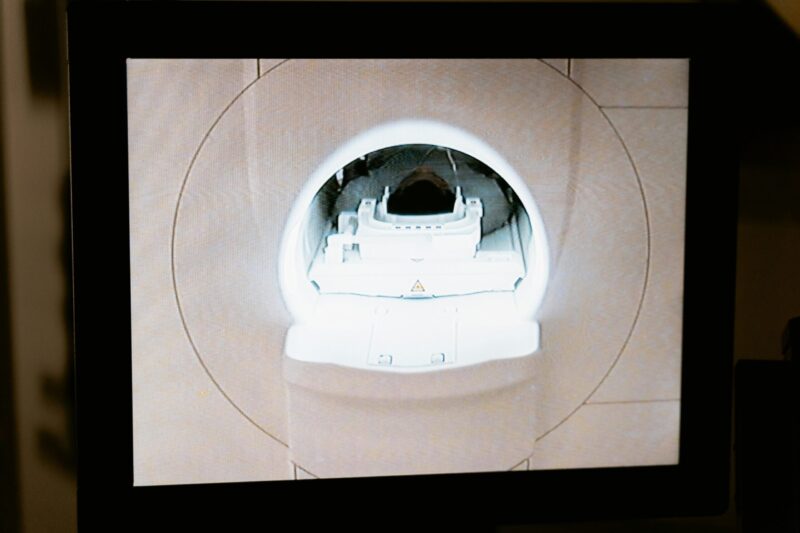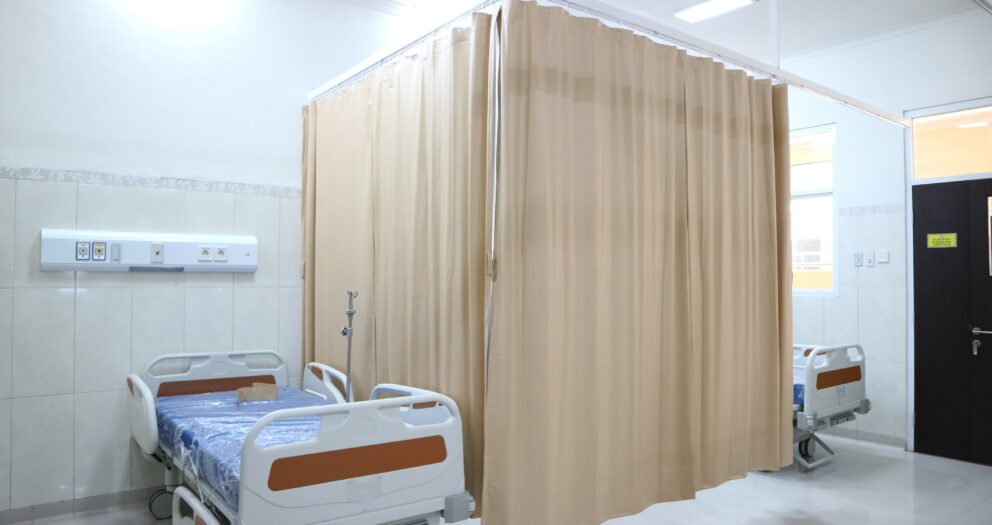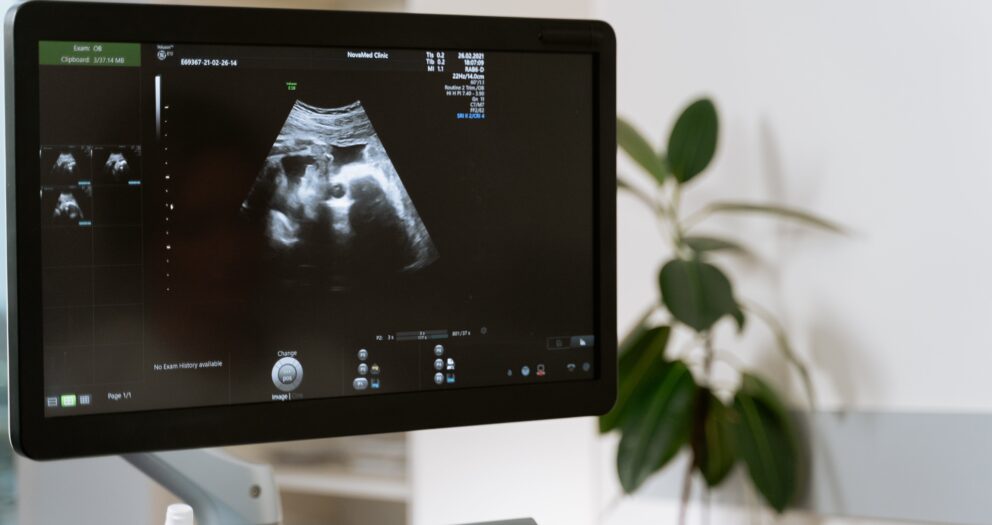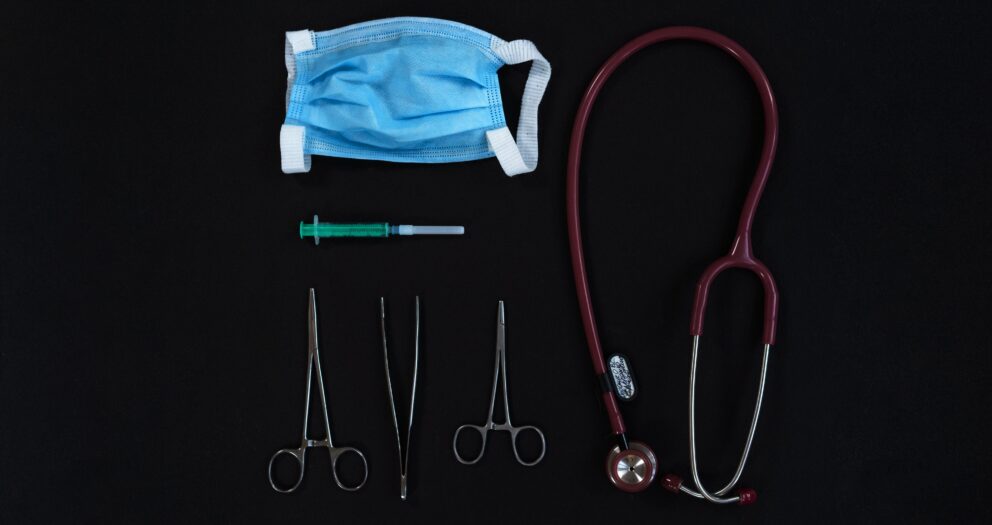Critical care machines are indispensable in modern healthcare, providing vital support for patients in critical conditions. Whether it’s ventilators, heart monitors, or infusion pumps, these machines are essential for delivering precise and timely medical care. However, like any complex machinery, critical care equipment can occasionally break down or develop issues that require prompt repair. In this extensive guide, we will explore the steps and considerations for repairing critical care machines, ensuring their functionality, and the safety of patients.
Importance of Critical Care Machines Maintenance
Critical care machines offer vital health services. regular maintenance of this equipment ensures your facility is well-equipped to offer quality services and improve patient outcomes. Further, well-maintained equipment is essential for patient safety and improves diagnostic accuracy, which is important in critical care units.
How to Secure Critical Care Machines
Keeping your critical care machines securely enhances their longevity and functionality. Medical staff should establish effective safety protocols. They include:
1. Safety First
Prioritize safety by disconnecting power sources and ensuring the machine is not in use during repairs. Use personal protective equipment (PPE) such as gloves and safety goggles when handling the critical care machines.

2. Documentation
Gather all relevant manuals, documentation, and schematics for the critical care machines. Maintain a detailed log of repair activities and any replaced components.
3. Training and Expertise
Ensure that the technician conducting the repair is well-trained and qualified for the specific machine. Consider specialized training for critical care equipment repair.
Troubleshooting and Diagnosing Abnormalities of Machines
Rectifying any abnormalities ensures your machines are working at an optimum level. However, troubleshooting shouldn’t be rushed. Consider the following factors:
1. Understand the Issue
Listen to the healthcare professionals and gather information about the problem from the machine’s display or logs. Identify the symptoms, error codes, or unusual behavior that led to the issue.
2. Use Diagnostic Tools
Utilize diagnostic tools such as multimeters, oscilloscopes, and specialized diagnostic software provided by the manufacturer.
3. Observe Diagnostic Flowcharts
Follow manufacturer-provided flowcharts or troubleshooting guides to isolate the problem systematically.
4. Conduct a Thorough Inspection:
Physically inspect the machine for loose connections, visible damage, or signs of wear and tear.
How to Source Replacement Parts and Components
Quality replacement parts are as vital as quality repair procedures. To ensure you access quality parts for your critical care machines, consider the following factors:
1. Look for Authorized Suppliers
Source replacement parts and components from authorized suppliers or the equipment manufacturer. Avoid using counterfeit or substandard components that could compromise the machine’s performance.
2. Prioritize Compatibility
Ensure that replacement parts are compatible with the specific make and model of the critical care machines in question. Cross-check part numbers and specifications to verify compatibility.
3. Do Calibration and Testing
Calibrate and test the replacement components according to manufacturer guidelines before installation.
Disassembling and Assembling the Critical Care Machines
Critical care machines have manufacturer-recommended procedures that one can follow. Moreover, hiring the services of a professional technician is advised.
1. Careful Disassembling
Follow manufacturer-recommended procedures for disassembling critical care machines. Organize and label components during disassembly to facilitate reassembly.
2. Component Replacement
Replace faulty components carefully, avoiding any damage to adjacent parts. Ensure proper alignment and connection of wires, connectors, and hoses.
3. Tightening and Fastening
Use appropriate tools and torque specifications to tighten fasteners and connections securely.
Conduct Quality Assurance Tests
Quality assurance tests will reveal the functionality of your critical care machines after repairs. Consider the following tips for performance confirmation:
1. Functional Testing
Conduct functional tests to ensure that the machine operates correctly and safely. Verify that all alarms and safety features are functioning as intended.
2. Calibration
Calibrate the machine to ensure accurate measurements and settings. Verify that sensors, probes, and monitors provide accurate readings.
3. Verify its performance
Verify that the repaired machine meets or exceeds manufacturer specifications and performance standards.
Keeping Accurate Documentation on the Machine’s State
Keeping documentation is important since you’ll have the right information when issues arise in the future. You’ll also have a detailed account of what went wrong in the first place.
1. Documentation
Maintain detailed records of the repair process, including the problem description, parts replaced, calibration details, and testing results.
Document any deviations from standard repair procedures.
2. Reporting
Prepare a comprehensive repair report for the equipment’s history. Include information on the repair date, technician, parts used, and any post-repair instructions.
3. Communication
Communicate the completion of the repair to healthcare professionals and ensure they are aware of any specific instructions or precautions.
Setting up Preventive Maintenance Guides
Prevention is a sure way of safeguarding your equipment’s usefulness. Setting up critical care machines’ usage protocol should be considered. Other tips include:
1. Scheduled Maintenance
Implement a preventive maintenance schedule as recommended by the manufacturer. Regularly inspect and service critical care machines to proactively identify and address potential issues.
2. Organize Regular User Training
Train healthcare staff in the proper use and care of critical care equipment to minimize the risk of damage and wear.
3. Keep Updating Software
Keep software and firmware up-to-date to benefit from bug fixes, performance improvements, and security patches.
The repair of critical care machines is a meticulous process that requires a combination of technical expertise, adherence to safety protocols, and meticulous documentation. By following the steps and considerations outlined in this comprehensive guide, healthcare professionals and technicians can ensure the efficient and safe repair of critical care equipment, contributing to the overall quality of patient care and the reliability of healthcare services. Effective repair and preventive maintenance efforts are paramount in healthcare settings, where the stakes are high, and timely intervention can make a life-saving difference.





Write a comment
Your email address will not be published. All fields are required